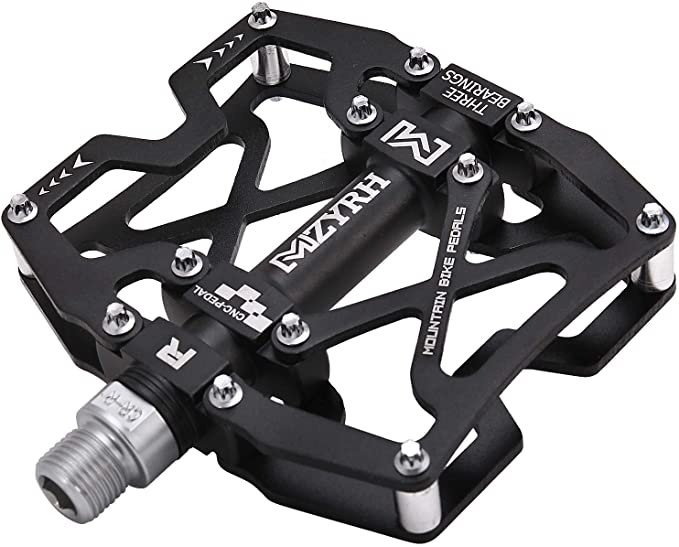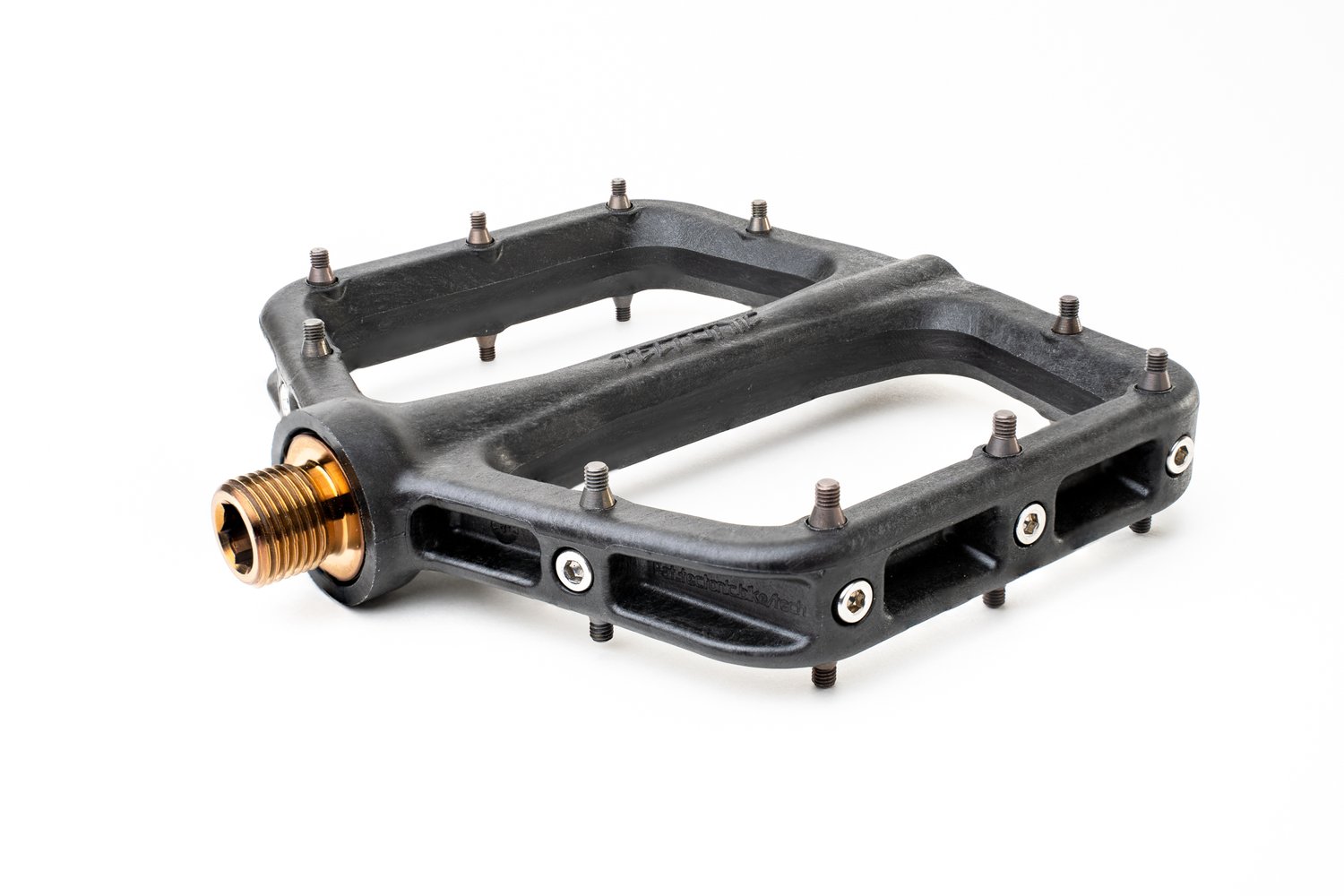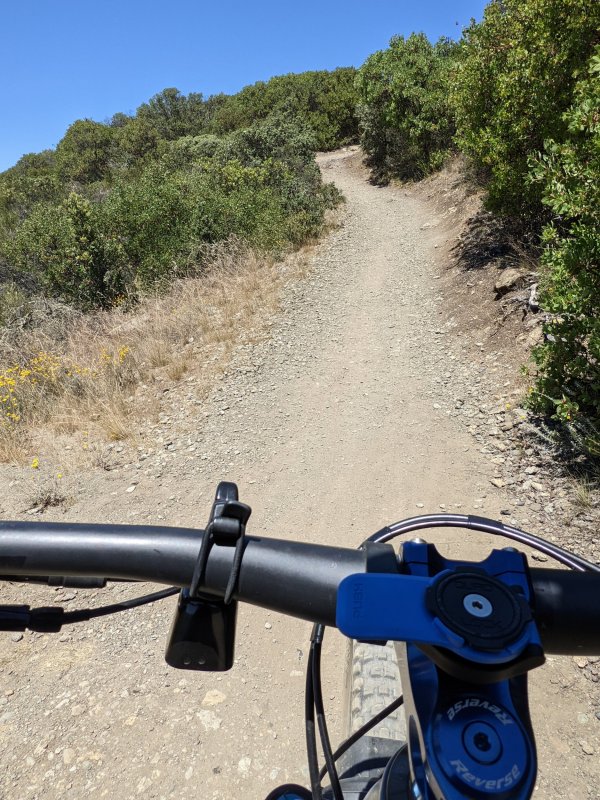Bicycle{ Dis} Comfort
The wo most common problems I see on the bike trails that contribute to discomfort are:
1. The wrong bike for the terrain.
I see it all te time a full suspension mountain bike with knobby tires traversing a relatively smooth and flat surface. Pushing all that weight and rolling resistance is a terrible waste of energy. You can run a fat tire with an inverted tread and center bead if you encounter rough terrain. Shock absorption can be handled by a spring loaded handlebar stem and seat post.
2. Improper seat height
Improper seat height can result in hyperflexion or hyperextension of the knee joint. It also can result of riding on the arch instead of the ball of the foot, Riders can usually cure knee pain by properly adjusting the seat properly. it also can result in loss of power. That causes greater exertion. Small differences can matter.
IME/IMO
The wo most common problems I see on the bike trails that contribute to discomfort are:
1. The wrong bike for the terrain.
I see it all te time a full suspension mountain bike with knobby tires traversing a relatively smooth and flat surface. Pushing all that weight and rolling resistance is a terrible waste of energy. You can run a fat tire with an inverted tread and center bead if you encounter rough terrain. Shock absorption can be handled by a spring loaded handlebar stem and seat post.
2. Improper seat height
Improper seat height can result in hyperflexion or hyperextension of the knee joint. It also can result of riding on the arch instead of the ball of the foot, Riders can usually cure knee pain by properly adjusting the seat properly. it also can result in loss of power. That causes greater exertion. Small differences can matter.
IME/IMO





